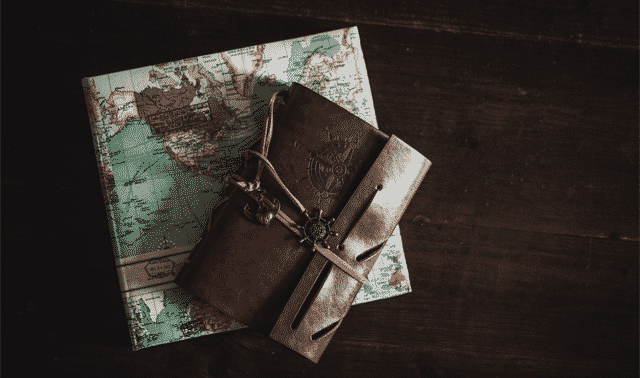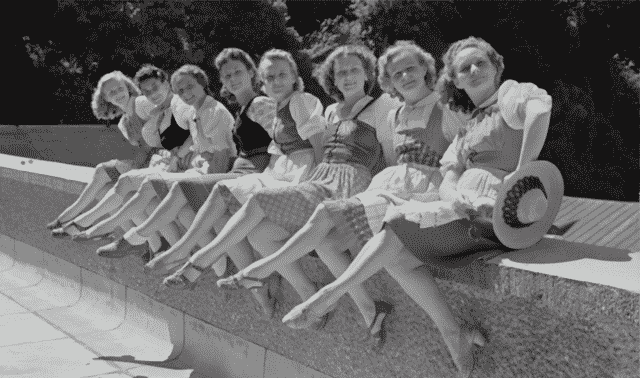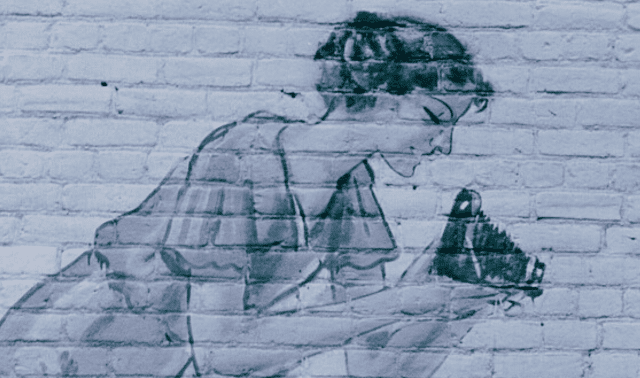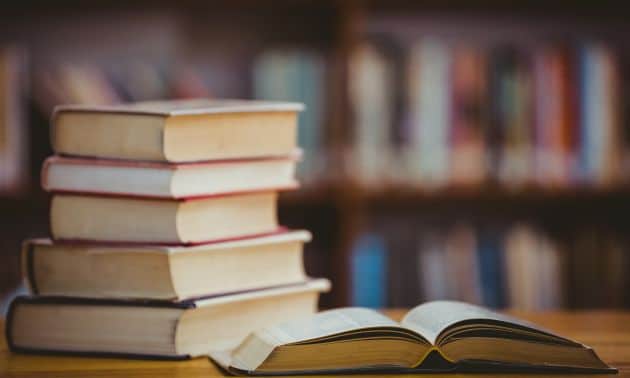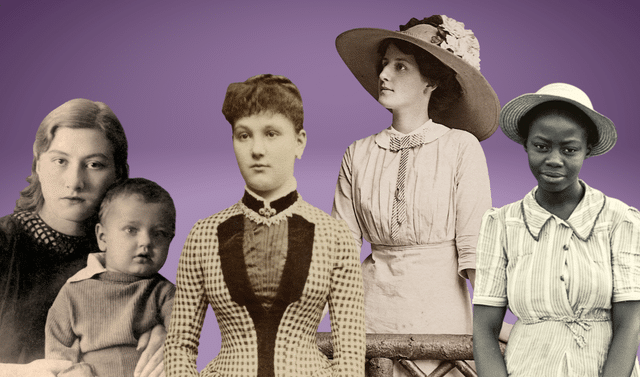Sign up for the Family Tree Newsletter! Plus, you’ll receive our 10 Essential Genealogy Research Forms PDF as a special thank you.
Get Your Free Genealogy Forms
"*" indicates required fields
In the past, history has sought the standouts—powerful rulers, military generals, captains of industry. During our ancestors’ day, few women penetrated those ranks.
“From the first settlers who came to our shores, from the first American Indian families who befriended them, men and women have worked together to build this nation,” wrote president Jimmy Carter when he proclaimed the week of March 8, 1980, as National Women’s History Week (a commemoration since expanded to the entire month of March). “Too often the women were unsung and sometimes their contributions went unnoticed.”
Those contributions usually entailed what could be considered mundane: housework, cooking, child-rearing, calling on neighbors. But genealogists are increasingly fascinated by these everyday particulars that enabled families to survive and thrive. Learning those details helps us celebrate our female forebears. These four archival collections — all hosted by universities — illuminate the history of women’s lives, both everyday and exceptional.
Sophia Smith Collection
Named for the founder of Smith College for women in Northampton, Mass., this compilation began in 1942 with works by women writers. The manuscripts, photographs, periodicals and other primary sources cover middle-class family life in 19th- and 20th-century New England, women in the arts and professions (especially journalism and social work), suffrage and more.
- Highlights: The medical collection includes student applications and other administrative records of the New England Hospital for Women and Children, open from 1862 to 1969, and a journal spanning 1897 to 1907 of Margaret Long, a writer and physician who studied at Johns Hopkins and interned at the New York Women’s Infirmary.
- What’s online: At http://www.smith.edu/libraries/libs/ssc/digitalcoll.html, you can see samples from collections focusing on the YWCA; papers of the Garrison, Dunham, Bodman and Hale families of New England; and the Voices of Feminism Oral Histories project.
Iowa Women’s Archive
Housed by the University of Iowa Libraries, the 1,100-plus letters, photos, diaries, employment records, oral histories, speeches and newspaper articles here chronicle the lives of Iowa women from the 19th century to the present. Under Resources, click Collections to browse a holdings list by topic, such as teachers, rural and farm women, nurses, and women’s clubs. Special projects cover Latinas, who began arriving in Iowa as early as the 1880s, and the suffrage movement.
- Highlights: In an oral history, Polish immigrant Rosalie Braverman talks about being Jewish in Iowa City. More than a linear foot of diaries, letters, a family history and other memorabilia of Lucy Van Voorhis White, a schoolteacher and farm wife in Dallas County, Iowa, date from 1866 to 1932.
- What’s online: The Iowa Women’s Archives Digital Collection holds thousands of photographs, diaries, scrapbooks, oral histories and more. Click Browse to get started.
HEARTH: Home Economics Archive
Want to find out what being a wife and mom was like for your female ancestors? Cornell’s collection of books and journals published between 1850 and 1925 (books up to 1950 are coming) cover child care, cooking, housekeeping, home management and hygiene. You’ll find both practical how-to guides for ladies and philosophical treatises on the role of women in the family.
- Highlights: Turn back the pages of time in The Young Woman’s Guide to Exellence by William A. Alcott (second cousin once removed to Louisa May), published in 1852, and the 1915 cookbook Meals That Cook Themselves and Cut the Costs by Christine Frederick.
- What’s online: All 1,174 books and 13 journals (in 401 volumes) are online. You can search the full text or titles, browse by time period or title, or read bibliographies and essays on home economics history.
Sallie Bingham Center for Women’s History and Culture
This archive at Duke University’s Special Collections Library contains published and unpublished materials on women in the work force, women during the Civil War, African-American women, literature for girls (hello, Ruth Fielding and Nancy Drew) and more. The site has descriptions of the archive’s content, finding aids and resources for further research.
- Highlights: Among the Lois Wright Richardson Davis Papers, dated from 1851 to 1881, are letters from Lowell, Mass., sisters who moved to Mobile, Ala., with their Southern husbands — members of the Confederate militia. The papers of widow Mary G. Franklin of Cherokee County, Ga., include an 1847-to-1855 account book for her mining, sawmill and farm businesses, which contain entries for work done by hired hands and slaves.
- What’s online: Little is digitized here, but if you visit http://library.duke.edu/digitalcollections and click the Women’s History heading, you’ll see a handful of items, including the 1864 Alice Williamson diary, Hannah Valentine and Lethe Jackson slave letters (dated from 1837 to 1838) and the Rose O’Neal Greenhow Civil War papers.
The National Women’s History Museum
The National Women’s History Museum has been around since 1996, but you can’t open its doors and walk inside. Its exhibits exist only online — but since its founding, its leaders have been pushing for a physical location in Washington, DC.
The museum would chronicle the history of famous and ordinary women with exhibits including women in education from the Colonial era to the 1900s, women in industries such as textiles and canneries, and women’s suffrage.
Congressional representatives have sponsored multiple bills proposing museum locations. HR 1700, passed by a Senate committee in April 2010, would allow the federal government to sell the museum a lot at 12th Street and Independence Avenue SW. The bill specifies that private money will pay for the land and build the $250 million to $350 million museum.
Learn about the efforts behind building The National Women’s History Museum at www.helpusbuildit.org.
A version of this article appeared in the March 2011 issue of Family Tree Magazine.




